Televisions might not consume a lot of electricity like air conditioners and heaters, but long usage can lead to high TV power consumption. Even if you're careful with energy usage, your TV could be silently adding to your monthly electricity bills. Some simple hacks to lower the TV power consumption include reducing the brightness, turning off the TV when not in use, etc.
If you don't want to compromise on entertainment but save money on electricity bills, you can consider investing in a portable solar generator like those from Jackery. The robust Jackery Solar Generators are essential home backup solutions that can power TVs, refrigerators, lights, speakers, etc., to cut down on electricity bills.
Key Takeaways
- Generally, larger TVs consume more power compared to smaller ones.
- External lighting, screen brightness, and background settings can influence the overall Plasma TV power consumption.
- Some smart usage habits, like turning off the TV from the main switch and upgrading to an energy-efficient TV model, can cut the power use.
- If you want to lower your electricity bills, consider using Jackery Solar Generators to power household appliances like TVs.
TV Power Consumption Explained
On average, TVs consume anywhere around 50 - 200 watts per hour. However, the exact answer to how many watts a TV uses may vary depending on the TV size and model. If you are running a TV (100W) for 5 hours every day, the monthly consumption will be 500Wh. If the electricity rate per kWh in your area is $0.1644, the monthly cost to run a TV will be $2.46. Jackery Solar Generators can power TVs and electronic entertainment devices to lower the monthly electricity bills and save money.
Here's a table comparing the monthly cost to run different types of TVs:
|
TV Type |
Average Wattage |
Daily Usage (Hours) |
Daily kWh |
Monthly kWh |
Monthly Cost (at $0.16/kWh) |
|
LED TV |
50W |
5H |
0.25kWh |
7.50kWh |
$1.23 |
|
LCD TV |
50W |
5H |
0.25kWh |
7.50kWh |
$1.23 |
|
OLED TV |
100W |
5H |
0.50kWh |
15kWh |
$2.46 |
|
CRT TV |
150W |
5H |
0.75kWh |
22.50kWh |
$3.70 |
|
Plasma TV |
200W |
5H |
1.00kWh |
30kWh |
$4.92 |
Factors Affecting TV's Power Consumption
There are several factors that affect TV power consumption. Let's explain them briefly:
- TV Type and Age: Unlike older models, modern LED TVs are more energy-efficient and consume less energy. In fact, an Energy-Star certified TV is 34% more energy efficient than conventional models.
- TV Size: Generally speaking, larger TVs consume more energy than smaller ones because of the increased number of pixels and backlight. That means a 65-inch TV's power consumption will be more than a 24-inch TV's.
- TV Usage: The more TV you use every day, the greater the TV power consumption.
How Much Does Your TV Add to Your Electricity Bill
The impact of a TV on the electricity bill varies, but it's a relatively small contributor to overall energy consumption.
Let's take an example to understand better:
Suppose you have a 32-inch LED TV that consumes 40 watts per hour. If you watch TV for 5 hours daily, the monthly and yearly power consumption will be 6 kWh and 72 kWh, respectively.
If the electricity rate per kWh is 16.44 cents, the monthly cost to run the TV will be $0.98. The yearly cost will be $11.83. However, the cost can increase if you are running multiple TVs in different rooms.
Step-by-Step Guide to Reduce TV Power Consumption by Up to 40%
Now that you know how many watts a TV uses, here's a step-by-step guide to reduce the LED TV's power consumption:
Step 1: Analyze Your TV's Energy Usage
You need to start by checking the TV's power consumption, which is available on the TV's label or in the user manual. If you have recently purchased a TV, look for a yellow EnergyGuide label that lists the wattage. You can also search the TV model number online to check the energy usage.
Step 2: Improve External Conditions to Reduce Load by 10-12%
If you have OLED or QLED models or newer TVs with sensors that auto-adjust brightness, ambient lighting, and room temperature, it directly impacts the TV's power consumption. Dimming the lights in the room and using blackout curtains ensures the TV runs efficiently. You can look for Eco mode or Movie mode for optimal energy efficiency.
Step 3: Change Usage Habits to Save Another 8 - 10%
Some usage habits, like turning off the screen when not actively watching or when streaming music, can help you reduce power consumption. If you are not watching the screen, you can save money by turning off the lumens and simply focusing on the volume. Many newer TV models also come with a Sleep Timer that automatically turns off the TV when there is no activity for a few hours.
Step 4: Upgrade or Retrofit to Save Up to 20 - 30%
Older TV models are significantly less efficient than the newer LED and LCD TVs. Replacing a decade-old plasma TV with a new Energy Star-rated LED TV can save on your electricity bills. Energy Star-certified TVs are 34% more energy efficient than conventional models. If an upgrade isn't feasible, consider retrofitting your power setup with a smart plug to monitor and control usage remotely.
Step 5: Power TV With Solar Generator
If you want to reduce your reliance on the electricity grid and save money, consider powering your TV with a solar generator. These generators require a one-time initial investment and work entirely on sunlight to power essential household appliances, like a solar-powered TV.
|
Step |
Estimated Power Savings |
% Reduction |
Cost to Implement |
|
Improve External Conditions |
0.1kWh/day |
~10% |
$0 |
|
Usage Habit Improvements |
0.1kWh/day |
~10% |
$0 |
|
Upgrade to Energy Star |
0.2kWh/day |
~20% |
$300 - $800 |
|
Solar Integration |
100% offset |
Depending on what you power with the solar generator |
$300 or more (depending on the model) |
How to Reduce TV Power Consumption With Solar
Solar generators use solar panels to convert sunlight into electricity and store energy in power stations. They can supply steady electricity to TVs, lowering the power draw from the grid and reducing electricity bills.
How Many Solar Panels to Run Your TV?
A 100W solar panel is usually sufficient to power an average modern TV. Larger TVs may require 200W solar panels with a battery backup or power station. Remember, not all solar panels are designed to supply electricity to appliances like TVs. That's why you will need a battery backup or power station that stores electricity from the solar panels and powers appliances.
One simple formula to find the number of solar panels needed to run a TV:
Number of Solar Panels = Wattage × Daily Hours ÷ Panel Output
If you run a 50W TV for 5 hours per day and the output of the solar panel is 100W, the number of panels will be: (50W × 5H) ÷ 100W = 2.5 panels ~ 3 panels.
Cost Comparison: Grid vs Solar for 5 Years
When running a TV (100W) for 5 hours daily, you will need to spend $29.62 for one year or $148.14 for five years. But if you live in Hawaii, where the electricity rate per kWh is 40.69 cents, the electricity costs to run a TV for five years will be $366.21.
On the other hand, a solar generator will help you not only offset the cost of running a TV but also help you power other appliances. The Jackery Solar Generator 300 Plus costs around $399.99. The one-time investment will ensure you can save on your electricity costs every year by not only powering TVs but also other appliances.
Jackery Solar Generators for TV
Jackery is a leading global brand that manufactures highly efficient solar generators, solar panels, and portable power stations. Solar-powered generators can not only power essential household appliances like TVs but also reduce the reliance on the electricity grid. They are portable in design to offer easy movement anywhere you go. Here are two of the best home battery backup solutions for TVs:
Jackery Solar Generator 300 Plus
The Jackery Solar Generator 300 Plus is a compact solar-powered generator that can power TVs of various sizes. Its foldable handle and ergonomic design ensure easy transportation wherever you go. The portable power station can be easily packed in a bag to offer uninterrupted power on the go. It's ideal for those planning camping, hiking, or keeping the TV powered during short outages.
Appliances Running Time
- LED TV (50W) = 3.9H
- LCD TV (50W) = 3.9H
- OLED TV (100W) = 2.1H
- CRT TV (150W) = 1.5H
- Plasma TV (200W) = 1.1H

Customer Review
"With everything that is going on in the world, having something like this is a must. Next Hurricane, I will be extra ready. I am going to use this thing camping, at the beach, on the boat, and anywhere I need a little extra power." — Robert Sheriff.
Jackery Solar Generator 600 Plus
If you are hosting backyard parties and want to power multiple appliances like TVs, speakers, etc., for an outdoor movie night, the Jackery Solar Generator 600 Plus can be an ideal solution. The solar generator weighs only 16.1 lbs and features a foldable handle for easier transportation. It's ideal for those who need long-lasting power or emergency backup for outages.
Appliances Running Time
- LED TV (50W) = 8.6H
- LCD TV (50W) = 8.6H
- OLED TV (100W) = 4.7H
- CRT TV (150W) = 3.2H
- Plasma TV (200W) = 2.5H

Customer Review
"My new Jackery Explorer 600 Plus + SolarSaga 100 x 1 works great for setting up my telescope, cooled camera, and laptop in remote dark sky locations. It provides all the power I need to get me through long night astrophotography sessions. The solar panels top off the Explorer during the day if I don't get back to an AC power source." — Chris Moore.
FAQs
How many solar panels do I need to run a TV?
Usually, a 100W solar panel and a battery backup are enough to run a TV. However, the exact number of solar panels will depend on the TV's wattage consumption, running time, etc. If you want to run a TV even when there is no sunlight available, you can consider investing in Jackery Solar Generators, which include portable power stations that store electricity for powering appliances anytime.
Can a 100W solar panel run a TV?
Yes, a 100W solar panel, when paired with a battery backup, can power a TV, but the TV's wattage consumption and usage hours will determine this.
How much electricity does a TV consume in 1 hour?
On average, any TV can consume 50 - 200 watts of electricity per hour. However, this may vary depending on the TV model, size, and technology used.
How much power does a 55-inch TV use?
A 55-inch TV typically consumes 80 - 120 watts of power, though this may vary depending on the type of TV (OLED, LED, and LCD), brightness settings, and other features.
Conclusion
Reducing TV power consumption and electricity bills doesn't mean cutting screen time. With some simple hacks, like adjusting TV brightness and upgrading to energy-efficient TV models, you can cut energy use by a significant percentage. In addition, you can invest in solar generators like those from Jackery to keep essential appliances like TVs powered without depending on the utility grid.

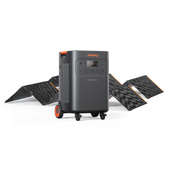
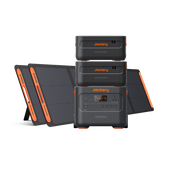

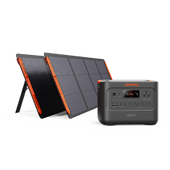

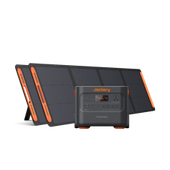
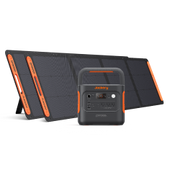

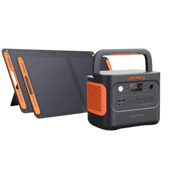
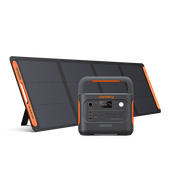
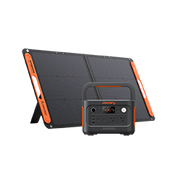


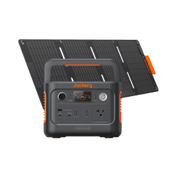
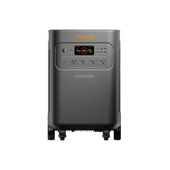
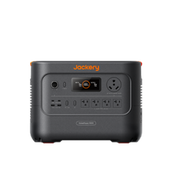

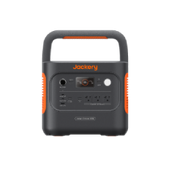
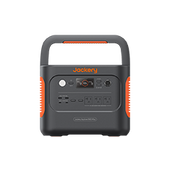
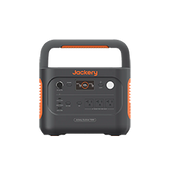

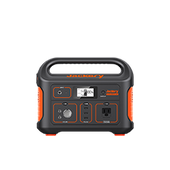
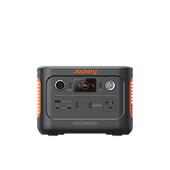

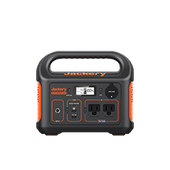


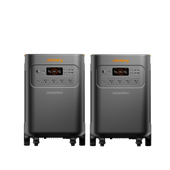
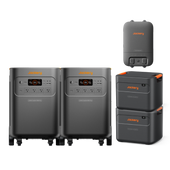


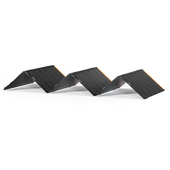
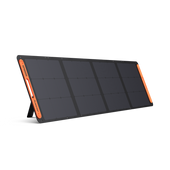

![[Add-on] Jackery Manual Transfer Switch for Explorer 5000 Plus](http://www.jackery.com/cdn/shop/files/800x800-2_5b90d3ab-246e-4679-affe-e7c6949f9c27.png?v=1744356904&width=170)




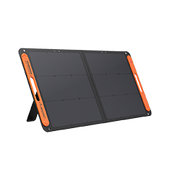
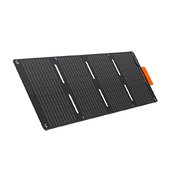
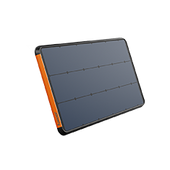







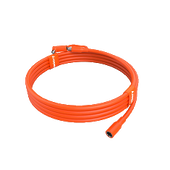






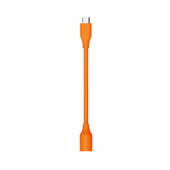

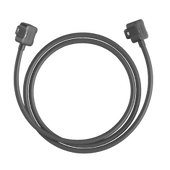
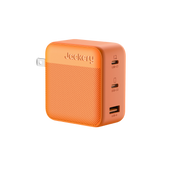
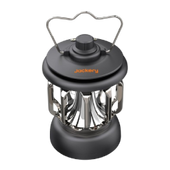


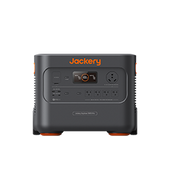
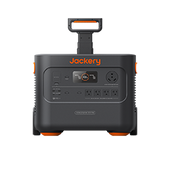

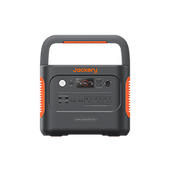
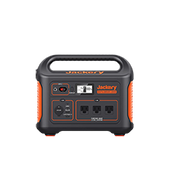

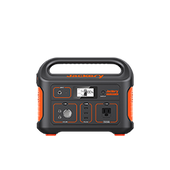
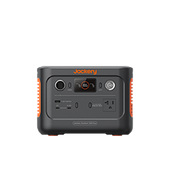
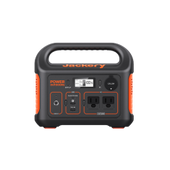
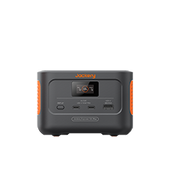
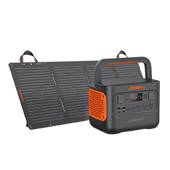
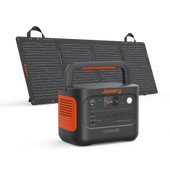
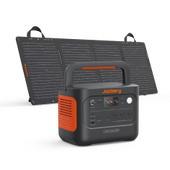





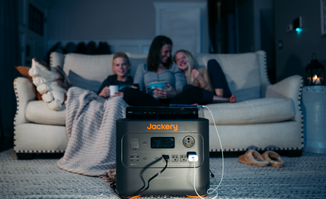

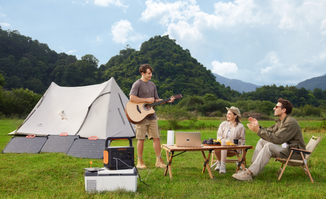
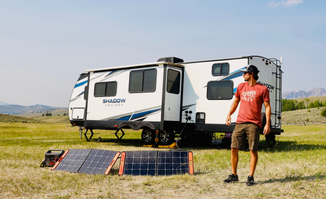


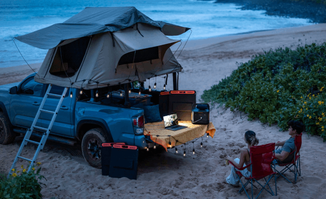
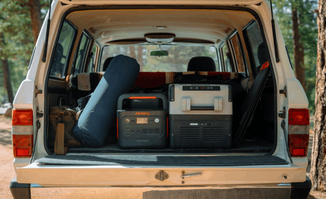





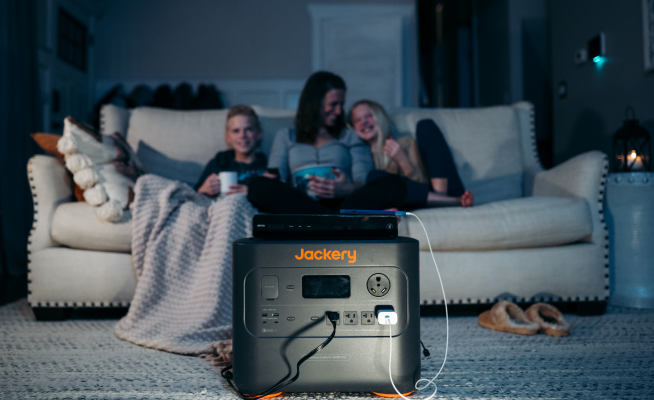


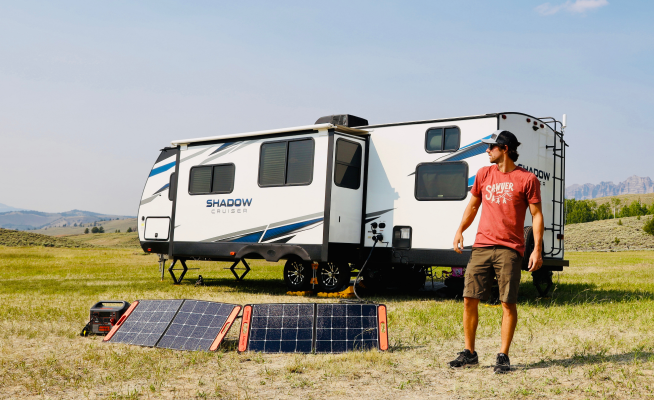

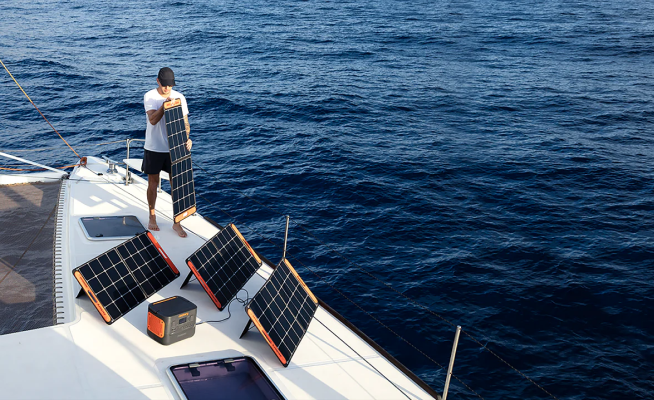
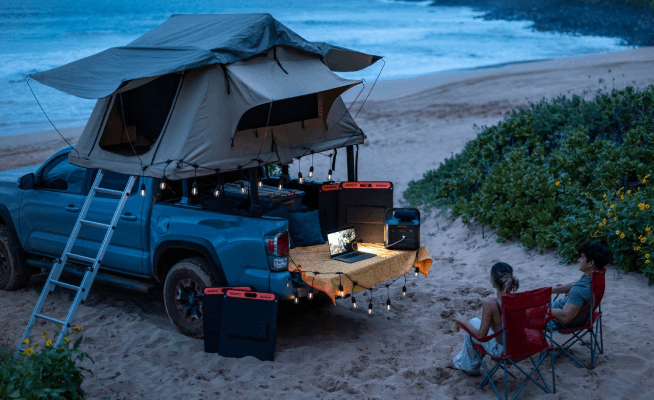
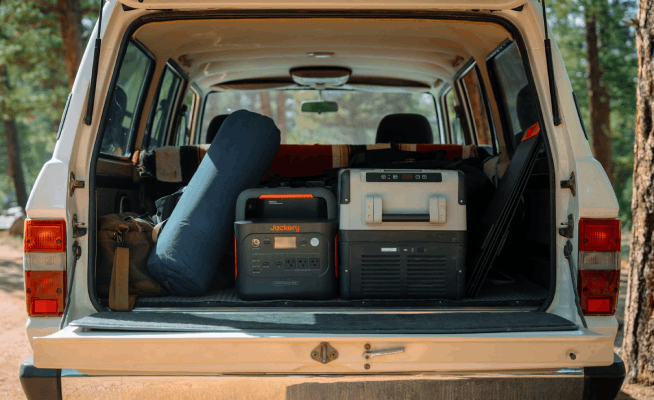















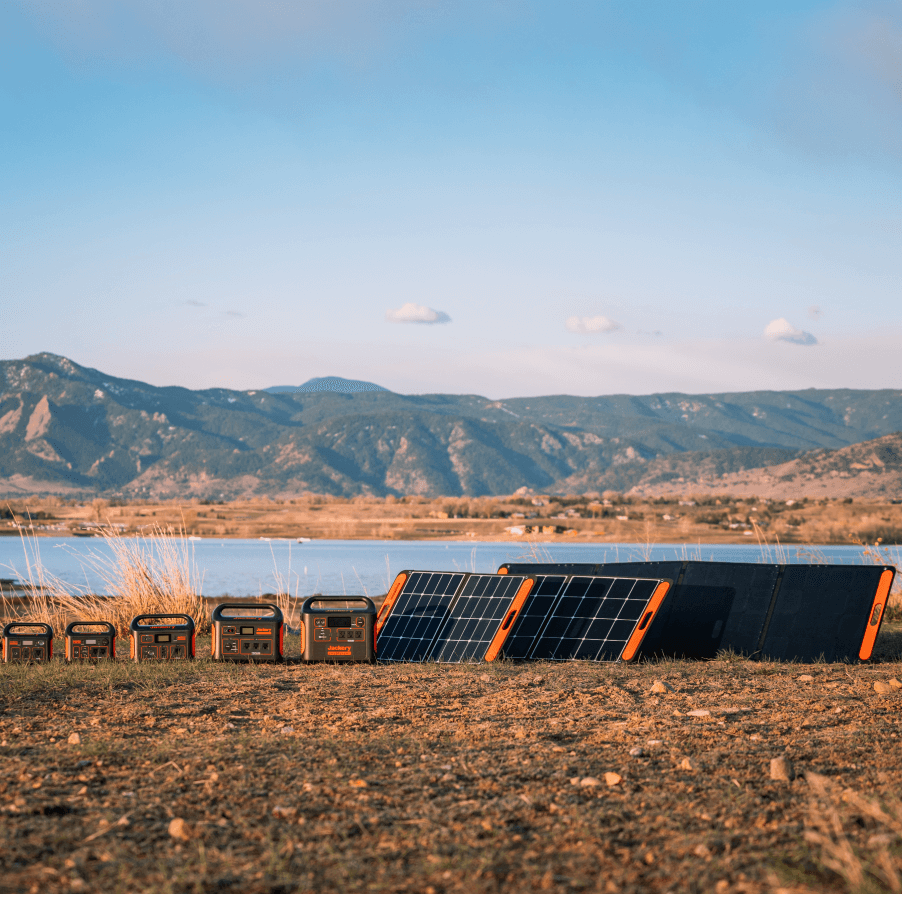

Leave a comment